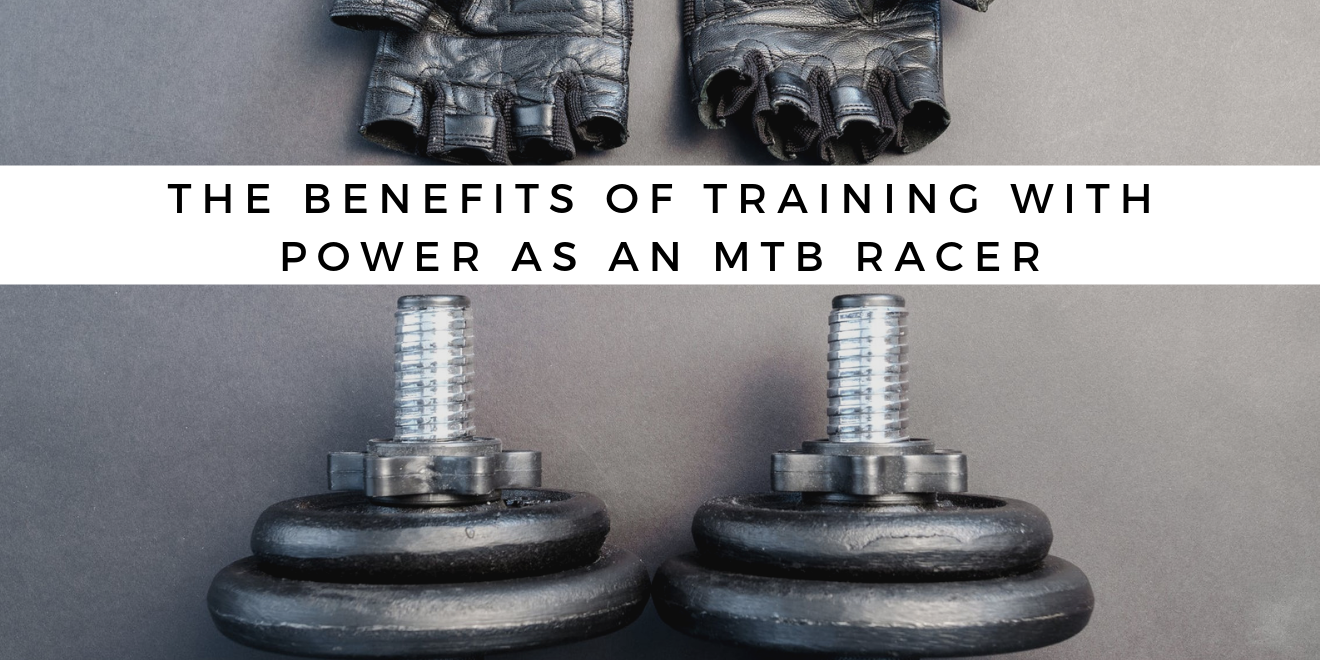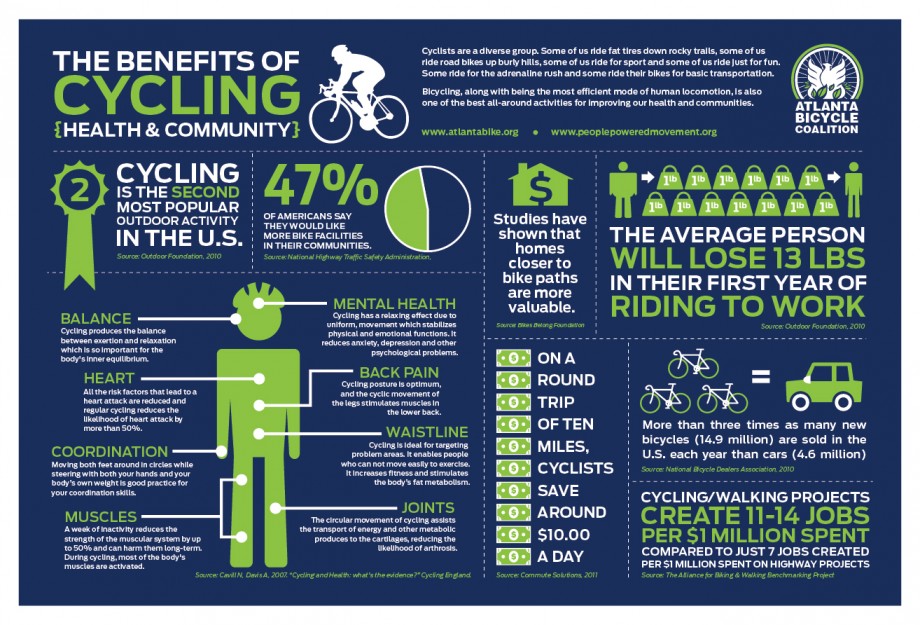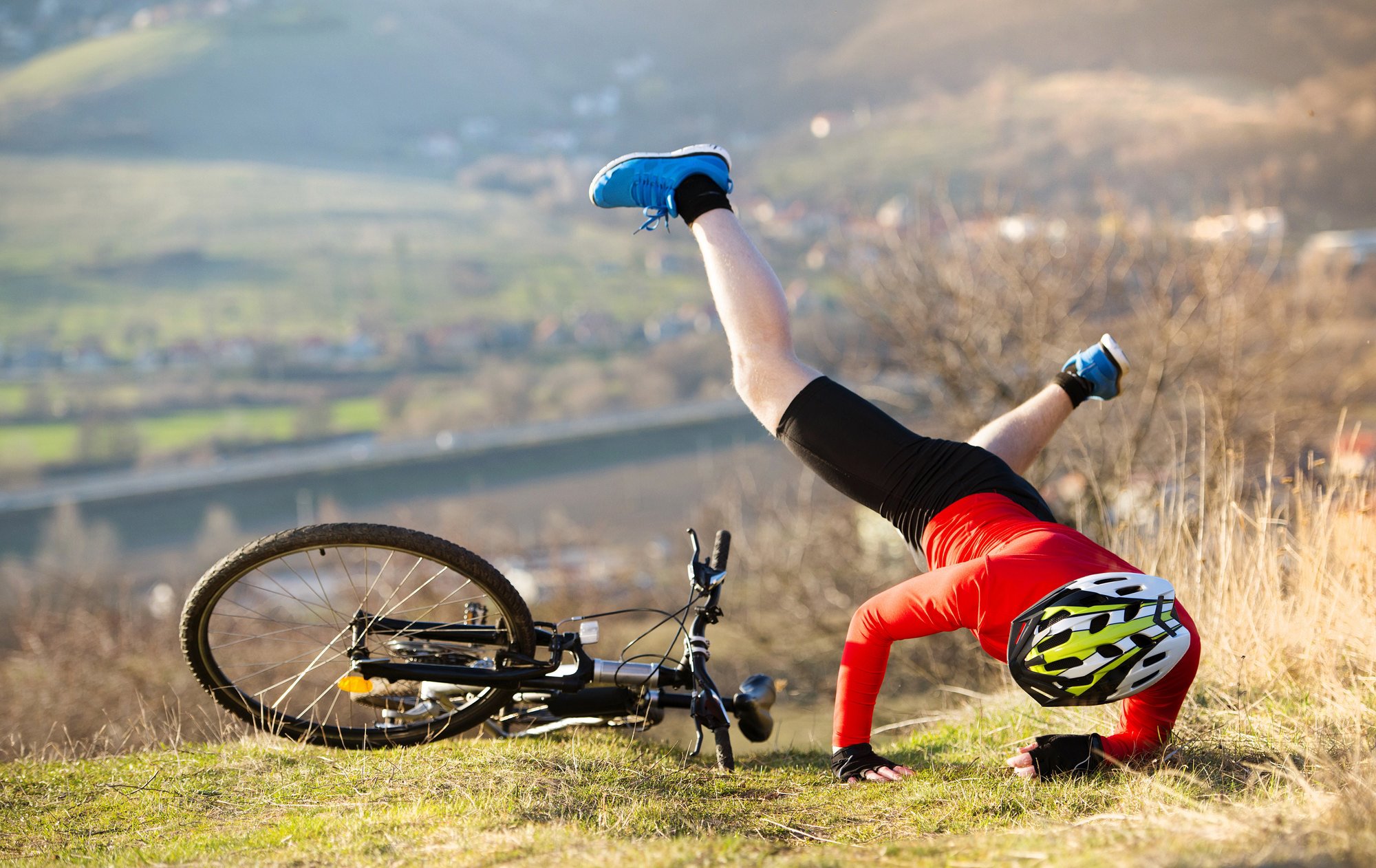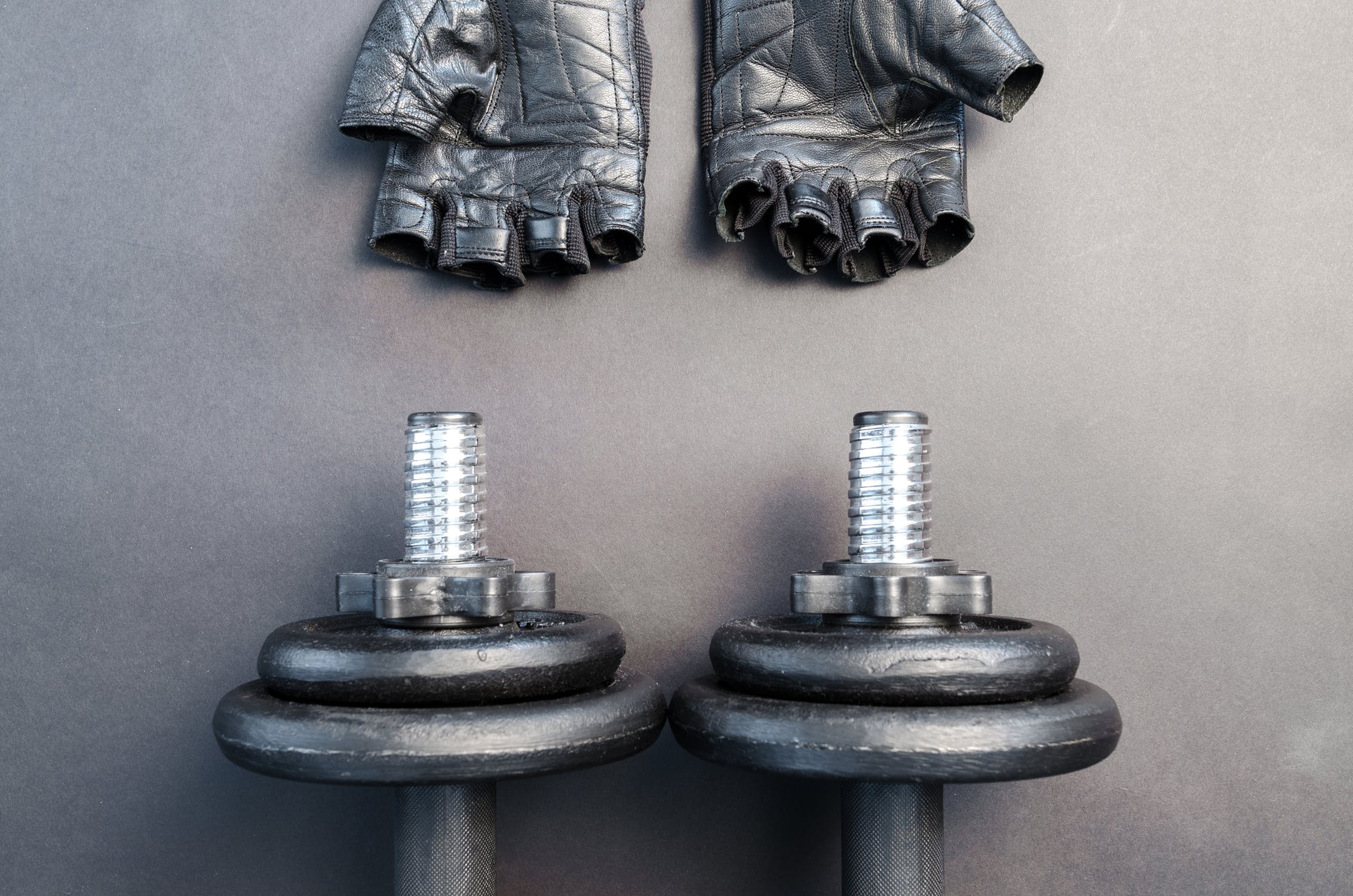The Benefits of Training with Power as an MTB Racer

When you discover the joy of racing, you’ll never grow tired of it. You’ll find yourself wanting more from you, performance-wise, and from the race itself as you become faster and stronger.
You start growing a competitive streak. That’s when the fun usually begins—you’ll work harder on training days and find more ways to improve your abilities. Without you noticing it, you’ll start taking more challenging routes and pay more attention to MTB events near you as you level up and possibly start your journey as a pro.
[caption id="attachment_22723" align="aligncenter" width="920"] Benefits of cycling (source selfieonbike.com)[/caption]
Benefits of cycling (source selfieonbike.com)[/caption]
Competing and edging out a fellow racer can bring forth that sense of quiet joy. The more you win races, the more confident you become on the next ones. Most athletes have unique, humble beginnings—from being cycling enthusiasts to dominating MTB races at breakneck speed.
The bottom line is that, if you are serious about becoming an MTB racer, you need stamina and a strong mental capacity to go the distance. Some races can last for days or even over a week. Here are some of the benefits of training for power for your upcoming race.
The common denominator among riders is that they’re not afraid to put in the work. Competing on a mountain bike is not as easy as it sounds, even when you have the best gears on and use a power meter. You’ll be roughing it out on different types of terrains, altitudes, and surfaces.
https://www.instagram.com/p/BZzrW_vDC-X/
An MTB race can have a 40-kilometer distance but with an elevation of over 5,000 meters. Depending on the location and the climate, at times you may have to push on despite being continually whipped by heavy rains and strong winds. Or worse, you end up carrying your bike most of the time because of boulders or any other rocky plain.
This is why you need to calibrate your training to focus on power buildup. To maximize your ability to produce high levels of force from your body in short intervals, you need to develop type II muscles , the fast-twitch muscle group. This is important as you will be navigating rough reclining terrains on MTB races. You need to pedal hard and yield a high velocity of force when climbing up.
Fast-twitch muscles give the human body the ability to produce a tremendous amount of force or power in a brief amount of time. The good news is that the very same muscle group is responsible for an aesthetically lean and muscular physique. So you’ll look good and strong at the same time while you are able to will more force to your kick.

When it comes to muscles, size doesn’t matter. Or more accurately, generating power is not based on the size of the muscle.
Power training can activate motor units in the body and create more muscle contractions. The longer you train, the more contractions you can generate. Contractions pave the way to intramuscular engagement or coordination, which will discharge motor capacities coming from the connecting muscle fibers in the area faster and stronger.
This means you can perform most of your daily activities at an optimum level and can enhance your overall performance when competing.
Adding power training to your current regimen will give you miles and miles of optimum results. A slight increase in muscle mass can benefit your soft tissues. When you have muscles built for power, they are a reliable support system for your joints. The more power they have, the less pressure your knees will sustain, reducing the risk of injury significantly.

Also, trained muscles usually recover faster, which lessens the overall chance of getting injured on your lower limbs. You’ll be able to enjoy pain-free racing and be more focused on the route ahead of you.
When you are building up muscles for more power, an important note to remember is to increase strength without tipping off the scale. To maintain your weight despite your muscle-building efforts, insert lower body workouts like lunges and squats to develop muscles surrounding your hips and knees.
Keep your muscle-to-fat ratio in check, so maintain a high metabolism rate. This way, you’ll burn off any excess weight quickly. Also, when your lower-body muscles are on point and flexible enough, you’ll be able to improve your pedal power even more. It will take less effort for you to push yourself to the limit and let you tap your power reserves when you reach the crucial final leg of the race.

Photo Care of Pexels.com
You start growing a competitive streak. That’s when the fun usually begins—you’ll work harder on training days and find more ways to improve your abilities. Without you noticing it, you’ll start taking more challenging routes and pay more attention to MTB events near you as you level up and possibly start your journey as a pro.
[caption id="attachment_22723" align="aligncenter" width="920"]
 Benefits of cycling (source selfieonbike.com)[/caption]
Benefits of cycling (source selfieonbike.com)[/caption]Competing and edging out a fellow racer can bring forth that sense of quiet joy. The more you win races, the more confident you become on the next ones. Most athletes have unique, humble beginnings—from being cycling enthusiasts to dominating MTB races at breakneck speed.
The bottom line is that, if you are serious about becoming an MTB racer, you need stamina and a strong mental capacity to go the distance. Some races can last for days or even over a week. Here are some of the benefits of training for power for your upcoming race.
Having More Power Can Let You Generate More Force
The common denominator among riders is that they’re not afraid to put in the work. Competing on a mountain bike is not as easy as it sounds, even when you have the best gears on and use a power meter. You’ll be roughing it out on different types of terrains, altitudes, and surfaces.
https://www.instagram.com/p/BZzrW_vDC-X/
An MTB race can have a 40-kilometer distance but with an elevation of over 5,000 meters. Depending on the location and the climate, at times you may have to push on despite being continually whipped by heavy rains and strong winds. Or worse, you end up carrying your bike most of the time because of boulders or any other rocky plain.
This is why you need to calibrate your training to focus on power buildup. To maximize your ability to produce high levels of force from your body in short intervals, you need to develop type II muscles , the fast-twitch muscle group. This is important as you will be navigating rough reclining terrains on MTB races. You need to pedal hard and yield a high velocity of force when climbing up.
Fast-twitch muscles give the human body the ability to produce a tremendous amount of force or power in a brief amount of time. The good news is that the very same muscle group is responsible for an aesthetically lean and muscular physique. So you’ll look good and strong at the same time while you are able to will more force to your kick.

Better Reflexes and Motor Responses
When it comes to muscles, size doesn’t matter. Or more accurately, generating power is not based on the size of the muscle.
Power training can activate motor units in the body and create more muscle contractions. The longer you train, the more contractions you can generate. Contractions pave the way to intramuscular engagement or coordination, which will discharge motor capacities coming from the connecting muscle fibers in the area faster and stronger.
This means you can perform most of your daily activities at an optimum level and can enhance your overall performance when competing.
Reduce the Risk of Injury
Adding power training to your current regimen will give you miles and miles of optimum results. A slight increase in muscle mass can benefit your soft tissues. When you have muscles built for power, they are a reliable support system for your joints. The more power they have, the less pressure your knees will sustain, reducing the risk of injury significantly.

Also, trained muscles usually recover faster, which lessens the overall chance of getting injured on your lower limbs. You’ll be able to enjoy pain-free racing and be more focused on the route ahead of you.
When you are building up muscles for more power, an important note to remember is to increase strength without tipping off the scale. To maintain your weight despite your muscle-building efforts, insert lower body workouts like lunges and squats to develop muscles surrounding your hips and knees.
Keep your muscle-to-fat ratio in check, so maintain a high metabolism rate. This way, you’ll burn off any excess weight quickly. Also, when your lower-body muscles are on point and flexible enough, you’ll be able to improve your pedal power even more. It will take less effort for you to push yourself to the limit and let you tap your power reserves when you reach the crucial final leg of the race.

Photo Care of Pexels.com




































































































